History/driving impressions originally published in AutoWeek April 26, 1993; republished by the author
Audi excised 12.6 inches from the wheelbase of the standard Quattro coupe to make the Sport Quattro. Drastic surgery perhaps, but nothing like what Peugeot would do to make the 205 Turbo 16, which was eating Audi’s lunch in international Group B rallying.
The French forest funny car, with the engine in the middle and bags of turbocharged horsepower driving all four wheels, virtually owned the class from mid-1984. Ironically, Ari Vantenen’s near-fatal 1985 crash in Argentina in a Peugeot 205 would be the beginning of the end of the class they called the Killer Bs.
Group B required a mere 200 copies for homologation, with actual competition versions modified well beyond that. But the Bs varied in the base models from the un-handsome, uncomfortable and all-but-unstreetable Metro 6R4 to the aerospace look and performance of the Ford RS 200. The Lancia Delta S4, with a turbocharged and supercharged engine amidships, and the Citroen BX 4X4 for, front-engined and late on the scene, rounded out the field.
The Audi was essentially the oldest. The first Quattro rally car debuted in 1981; the 1984 Sport Quattro was simply a finer honing of the original. Unlike most of its Group B rivals, Audi retained stock configuration, the motor hung longitudinally and ahead of the front axle. The five-speed manual connected to 50-50 torque split four-wheel-drive with manual differential locks.
Power? Try 306 hp at 6700 rpm, 187 lb ft of torque at 3700 rpm. Audi engineers had replaced the original’s iron-blocked mill with an all-aluminum twin-cam engine, with four valves for each of five cylinders and a displacement of 2133 cc – more than two horsepower per cubic inch. The KKK turbo helped, pumping 17 pounds of air per square foot through an intercooler a spelunker could love, spritzed by Bosch LH-Jetronic fuel injection, and to combustion chambers with an 8.0:1 compression ratio.
Weight is quoted from 2200 to 2800 pounds, but with sills and door skins the only steel on the outside – the rest Kevlar and fiberglass – it was 600 pounds under its longer sibling.
Zero to 60 mph comes in 5.1 or 4.9 or 4.5 seconds, depending on whose clock you read, but the speedometer easily sees 100 mph by the end of the quarter-mile.
With a wheelbase of only 87.6 inches and weight biased 62/38 to the front, the Audi Sport Quattro would seem more pirouette-prone than the cast of Swan Lake and a scarier place to be than a voting booth. Strapping into one was a way to find out. The Sport in question belongs to Quattro Club founder Frank Beddor, who also owns three more. The others, however, were modified by Audimeister Joe Hoppen and his son, Mike, to produce about 440 hp.
This one was stock, modified only by replacing the original MXX 235/45VR-15 Michelins with Yokohama oo8s. All four, by the way, are street legal. Our ride, however, took place primarily at Brainerd International Raceway at a Quattro Club safety seminar.
Audi was faithful to the spirit of the homologation rules in producing an almost completely civilized automobile and in some ways going beyond the call of duty. The dash pad, for example, is identical to that of the standard Quattro – except that “Sport Quattro” has been molded in rather than simply pasted on, which would have been reasonable. The front seats are leather-trimmed Recaros. The backseat is leather covered, though lacking even thigh room, it is suitable only for the torsos of manikins. Rear belts thoughtfully have been provided apparently just for that.
The engine starts readily even from cold, and idles so evenly the tach needle could be painted on. It’s louder than usual for an Audi, but not disagreeably he so, even when just driving around. At least until the electronic cooling fan kicks in like the second coming of Hurricane Andrew. The real shock is when you put the hammer down. Not only is it – after seemingly interminable turbo lag – quicker than a bat out of schnell, it’s quiet enough to hold a conversation, even at 145 mph as long as the windows are up.
The short wheelbase pitches the nose up and down under power and hard braking. All the better for turn in, we suppose, for this Sport takes to corners like a German to Oktoberfest. All-wheel-drive allows early power on, but turbo lag delays full kick which, when it comes, will just push the line wider. Too much? Back off on throttle and the line tightens. With a little bit of practice even Brainerd’s Turn One, a banked sweeper entered at 130 mph in the Sport, can be run flat out with dry shorts. The Sports moves around only slightly, a little more so only under braking, which is massive and aided by ABS, but it’s all easily controlled with power steering. The Sport is so well-behaved that one tester even call it “bland,” but only for disposition, certainly not performance.
A mid-engined Audi was rumored in 1985 but never materialized, despite the front-engine Sport never regaining domination over international rallying. An early lead gave Audi world driver and manufacturer championships in 1984. With wings and air dams it won only of the San Remo rally in 1985.
Meanwhile, Michelle Mouton won her class at Pikes Peak in a Sport in 1984 and broke Al Unser Jr.’s overall record in 1985. Bobby Unser used a Quattro Sport to take it back in 1986 and Walter Rohrl set another fastest time in 1987.
But for rally, racetrack or even road, the Audi Sport Quattro was impressive. And it still is. Just call it a Thriller B.
Addendum: I was fortunate to have several outings with Frank Beddor’s “extra” Sport Quattro during which I became very familiar with the term “turbo lag.” With more seat time I could have come to terms with keeping the revs up and the cavern between the turbo and intake valves full of compressed air. I’m willing right now, actually.





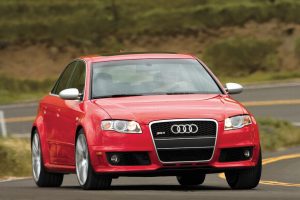
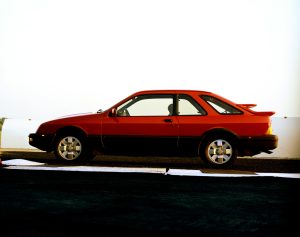
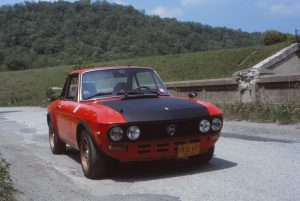
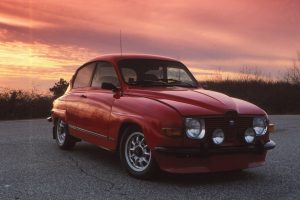
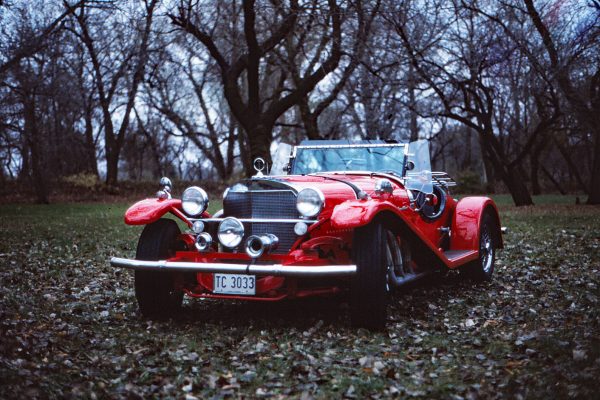
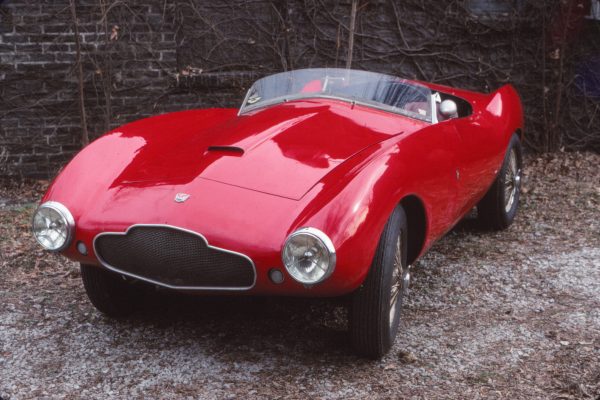
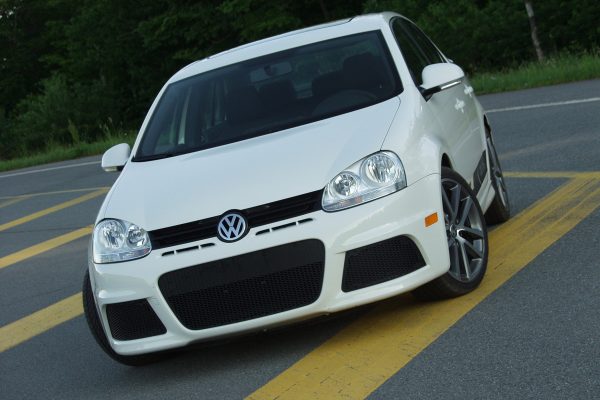
What Do You Think?
You must be logged in to post a comment.